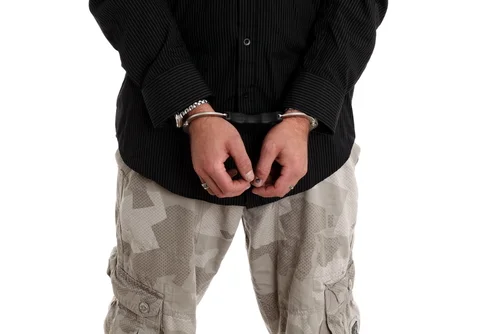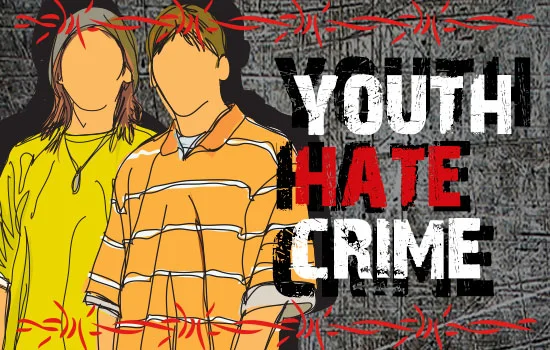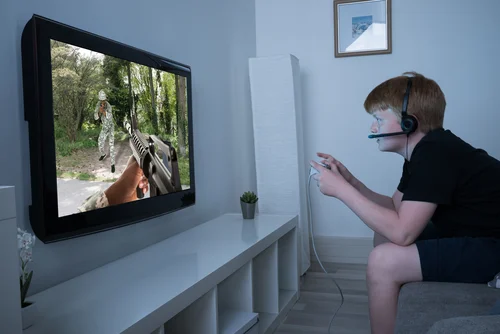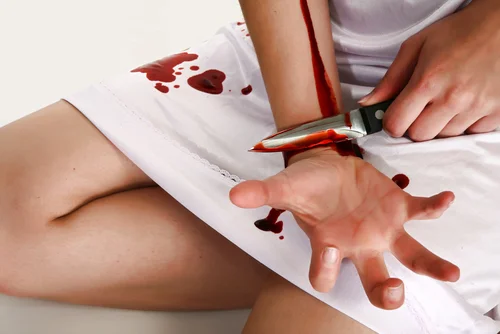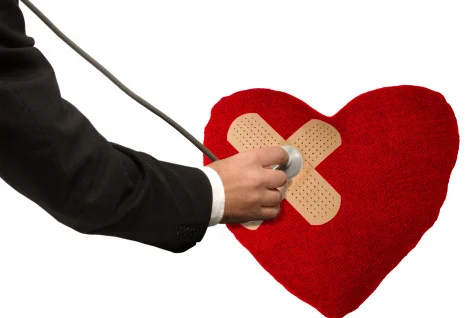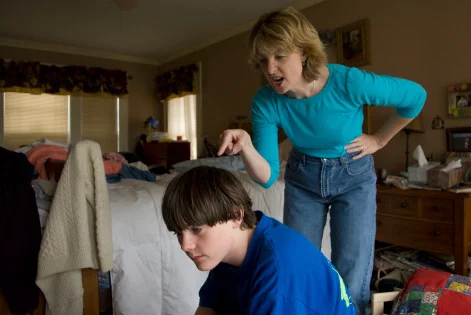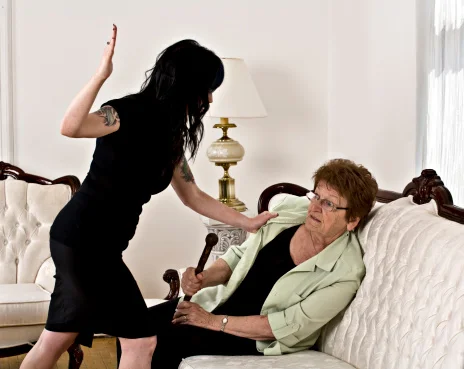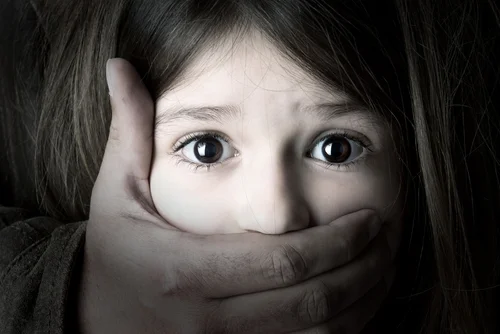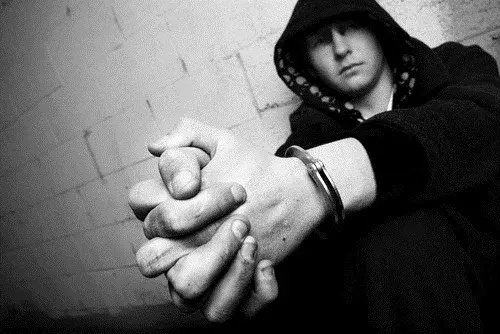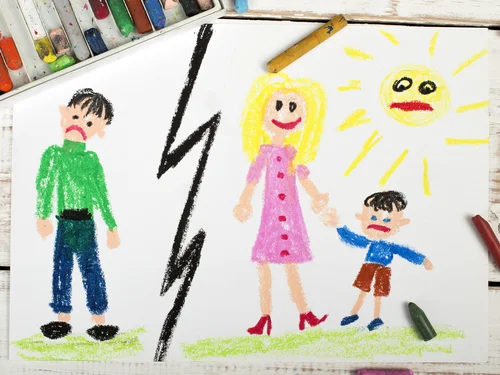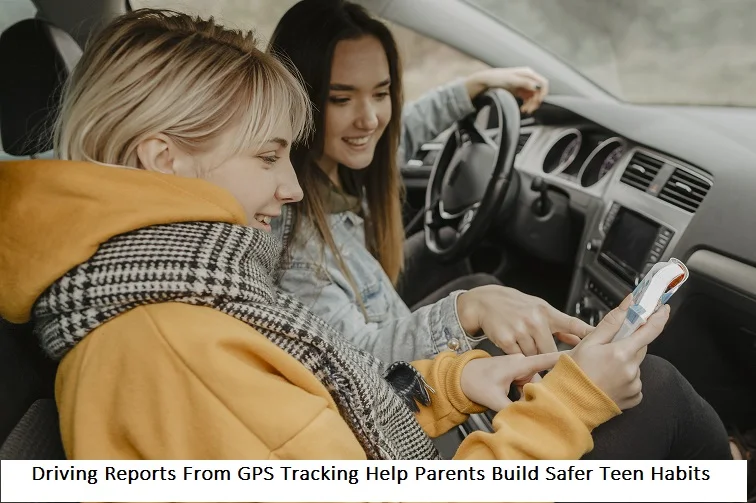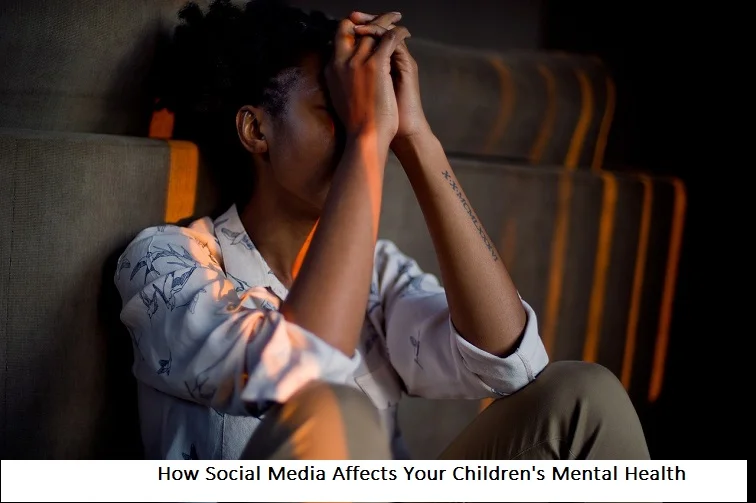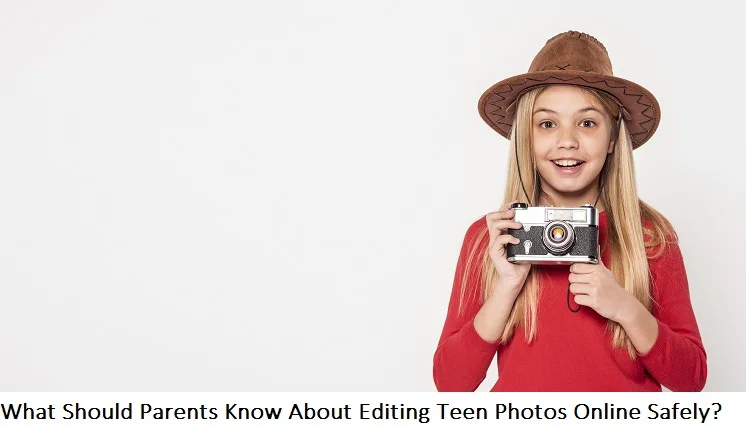+1 845 259 2974 (11 a.m to 7 p.m CST)
Violence in Schools Taking a Heavy Toll on Students
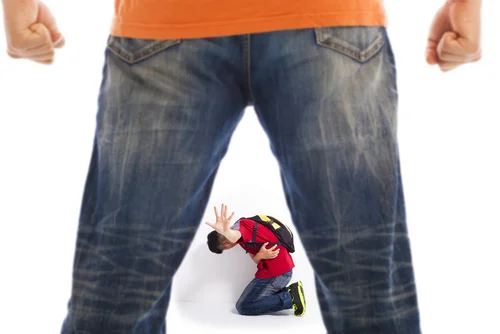
Each year some 90,000 children suffer injuries severe enough to land them in the ER, suggests a study of violence in schools. Anti-bullying campaigns may be in full swing but many children are still getting injured on school grounds. The number of intentional injuries at school has decreased in the last ten years but bullying and assault seem to be rampant.
One in every ten school injuries are caused by bullying or assault. The rate at which students are injured every year is alarming. Dr Siraj Amanullah, the head of the research team and an assistant professor at the Alpert Medical School, Brown University, notes that the number of students who have been injured in the past year is high. This is shocking given students have been injured on school grounds which was once considered a safe haven.
More Facts and Figures
According to violence in schools statistics, some 40% of injuries were cuts and bruises, while 12% were fractures, 10% brain injuries, and 7% sprains and strains. The research tem however suggests that these figures might be misleadingly low. This might be because many children prefer not to tell about their injuries to parents or other adults. Even if a student reports his or her injury to the school authority, there is also a chance that school authorities do not take much notice.
Assault accounts for 96% of intentional injuries at school. The assault had usually been carried out by someone that the victim knew. Around 12% of the injuries caused by assault involved multiple attackers.
A lot of these injuries caused by assault and bullying may be indirectly caused by the kind of role models kids choose to follow. In another study, it has been reported that almost 45% of students have witnessed their sports coaches engage in verbal misconduct. This includes name-calling and insulting them during play.
What Can Parents Do?
Parents need to talk to their kids and educate them about how to deal with bullying. They need to address the issue at hand at various levels so that kids know not just about its prevention but also when to stand up when they see their friends being bullied.
Parent involvement gets more difficult as kids progress in their teen years. Peers take up most of their time and their thinking. But many researchers encourage parents to start talking to their kids earlier in life and steer them clear of its path.

